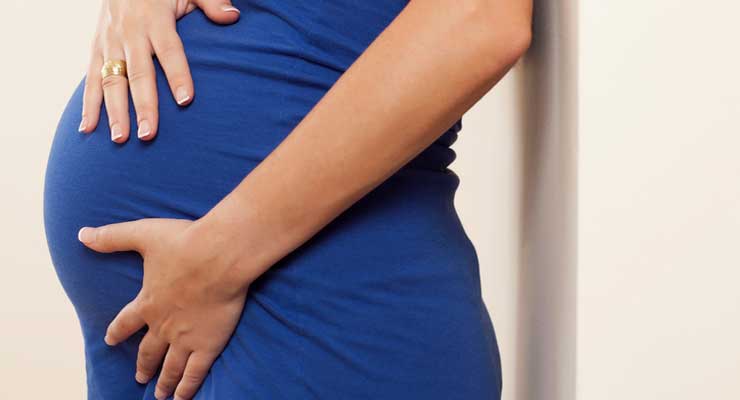How Do Medela & Ameda Breast Pumps Differ?
Medela and Ameda both produce a variety of well-made, quality, functional breast pumps for different pumping situations. Choosing the right pump for your needs can improve your pumping output and make it easier to leave your baby the milk he needs when you cannot be with him. Consider the advantages and disadvantages of each pump when you choose the one that is right for your needs.
Manual Breast Pumps
Both Medela and Ameda produce small, lightweight and easy to use manual breast pumps. These pumps are ideal for mothers who only pump occasionally. Both the Ameda Manual Breast Pump and the Medela Harmony Manual Breast Pump are BPA free. Both pumps offer a silicone insert for comfort and improved breast stimulation. The key difference in these two manual breast pumps is in the operation of the pump. The Medela Harmony pump works via a manually operated trigger, while the Ameda uses and up and down pumping motion to operate the pump. Both Medela and Ameda manual pumps can work with their electric pumps via conversion kits.
Basic Electric Pumps
Medela and Ameda each produce a double electric breast pump. These pumps are ideal for working mothers who need to pump regularly, but are not exclusively pumping. The Medela Pump in Style and Ameda Purely Yours Pumps are comparable in quality, with both manufacturers offering an upgraded version of their standard double electric as well. The Ameda Purely Yours is typically somewhat less expensive. The Medela Pump in Style Advanced allows for more user control over vacuum strength. This pump also incorporates cyclic suction to allow for a more natural response to the pump.
Hospital Grade Pumps
Ameda and Medela each produce hospital grade rental pumps. These pumps work well for mothers pumping exclusively or those working full time. The Medela Symphony and Ameda Elite are comparable pumps with a high level of suction, easy portability and similar features. The two phase expression mimicking a baby’s natural sucking pattern of the Symphony makes it a more effective choice for some mothers. The Medela Lactina and Ameda Lact-E are substantially heavier, but quite effective pumps; however, they have fewer features than the newer options on the market. All hospital grade pumps are closed systems and suitable for multiple users.
Alternative Pumps
Medela has two pump offerings without a parallel in the Ameda product line. The Medela Swing is a single breast pump, operated via AC or battery power. While this pump is not ideal for mothers pumping full time, it may be an ideal choice for a mother with physical impairments that make it difficult to use a manual breast pump for occasional use. Medela also offers a hands free double pump, the Freestyle. This pump connects to the user’s bra, allowing her to continue her daily activities while pumping and includes Medela’s effective two phase pump cycling.
Decisions
First, choose whether you need a manual or electric pump and whether a single or double pump best suits your needs. Consider how, where and how often you will be pumping. Look at your budget and what is available locally. Good support is critical to a good pumping experience, so buy from a local lactation consultant or supportive retailer when possible. The differences between Ameda and Medela pumps are minimal and both can help you provide milk for your baby when you cannot be with him.




